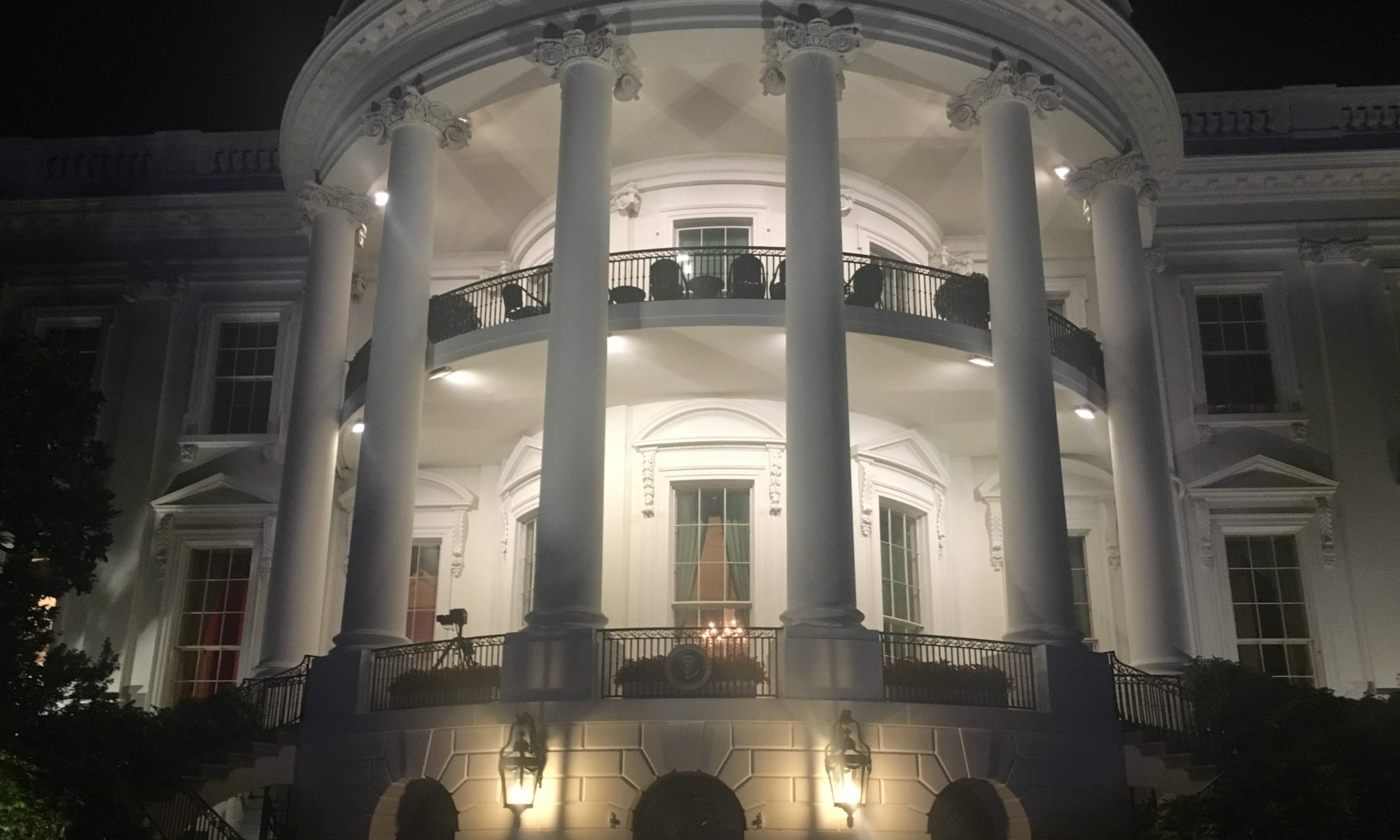May 31, 2020
The fires are real. The fires are a metaphor.
Around the country, cities are ablaze. What started in Minneapolis has spread to Los Angeles,New York, Chicago, Atlanta, Seattle, Louisville and Portland, and countless cities too numerous to name. In most cities, the protests and ensuing violence is not merely in solidarity with Minneapolis, but in response to the prevalence of police brutality in each city.
Rumors have swirled that the instigators of the arson and vandalism were primarily white. Whether they were anarchists unwilling to defer to Black organizers, or white supremacists mobilized to discredit the protest, they have succeeded in changing the conversation from anger over the repeated brutalization and murder of Black people at the hands of the police, (Source: “Black Organizers ‘Enraged’ by White Agitators ‘Here to F**k Sh*t Up,’” by Justin Glawe, Rachel Olding and Hunter Woodall, thedailybeast.com, 5/31/20). Yet even if some Black protestors were involved in the vandalism and looting, it is the height of hypocrisy to condemn Black people for breaking the law by destroying property, when our lives are consistently destroyed under color of law with impunity.
Between 2013 and 2016, 99% of police killings did not result in criminal charges, and Black people are three times more likely to be killed by the police than white people, (Source: Mappingpoliceviolence.org). Yet, as the protests took a dark and chaotic turn, pundits were quick to resort to an all too familiar script, tut-tuting about looting undermining the validity of the protests, lecturing Black people on the most appropriate way to supplicate to be treated like human beings. Fortunately this time, the pushback was swift and fierce. Jason Johnson cautioned us to be mindful of the media framing that privileges spectacle over context, highlighting the fires, without acknowledging that they may have originated with police flash grenades, rather than arsonists, for example. Zac Cheney- Rice pointed out that studies going back decades have identified the causes of riots, as well as the means of preventing them, but society hasn’t cared enough to actually do anything, (Source: “There’s Nothing Confusing Here,” by Zac Cheney-Rice, New York Magazine, 5/29/20)(h/t Michael Kasdan)
Yet police brutality is just the most blatant example of how Black lives are considered expendable. Even those of you who retweeted MLK’s famous quote that “a riot is the language of the unheard,” have given little thought to just how it is that Black people overwhelmingly came to reside in urban ghettos with substandard schools and crumbling buildings that were under-resourced and overpoliced, and to how your personal wealth and good fortune may be tied to policies that made it so.
Most people know that “redlining,” which denied federal guarantees to mortgages on property in Black neighborhoods or property purchased by a Black people, was explicit public policy that starved Black people of the opportunity to build wealth, while simultaneously providing an avenue for wealth creation for white families, (Source: “The Case for Reparations,” by Ta-Nehisi Coates, The Atlantic, June 2014).
Fewer people know that despite disinvestment, Black and Latinx people often built thriving urban communities, only to see city and state governments leverage federal dollars to build the Interstate Highway system right through those thriving communities in cities from Charlotte to Detroit to New York, razing Black communities and destroying beloved community institutions in the process, (Source: “A crusade to defeat the legacy of highways rammed through poor neighborhoods,” by Ashley Halsey, The Washington Post, 3/29/2016).
Black people with the means to escape their fractured communities were shut out from developments like Levittown that remained explicitly segregated in defiance of Supreme Court decisions outlawing restrictive covenants (Source: “At 50, Levittown Contends With Its Legacy of Bias,” by Bruce Lambert, The New York Times, 12/28/97).
Decades later, the children of those who settled in Levittown took advantage of the depressed property values to scoop up affordable apartments and brownstones in predominantly Black neighborhoods in places like Harlem and Oakland. They were remarkably incurious as to why those properties were so cheap and showed little interest in or consideration for the people who had lived there for decades. These newcomers acted nothing like neighbors, making noise complaints against Black church choirs, calling the cops on bands rehearsing for the West Indian Labor Day parade,effectively trying to criminalize Black culture in Black communities.
Over and over again, in myriad ways, this country tells Black people that our communities are never really ours. Think about that the next time you hear someone lecture us about destroying them.
#minnesotafreedomfund.org
#NAACPLDEF.org
#ColorofChange.org

Thank you Lisa, for being someone through this period in time we can count on to speak the truth and educate and give perspective. Much loved and appreciated.
Thank you Nikki!
I’m proud to work with you, Lisa, and proud to call you neighbor. Your posts are important and always educational. Thanks for carrying on in this oppressive time.
Thank you Marc!